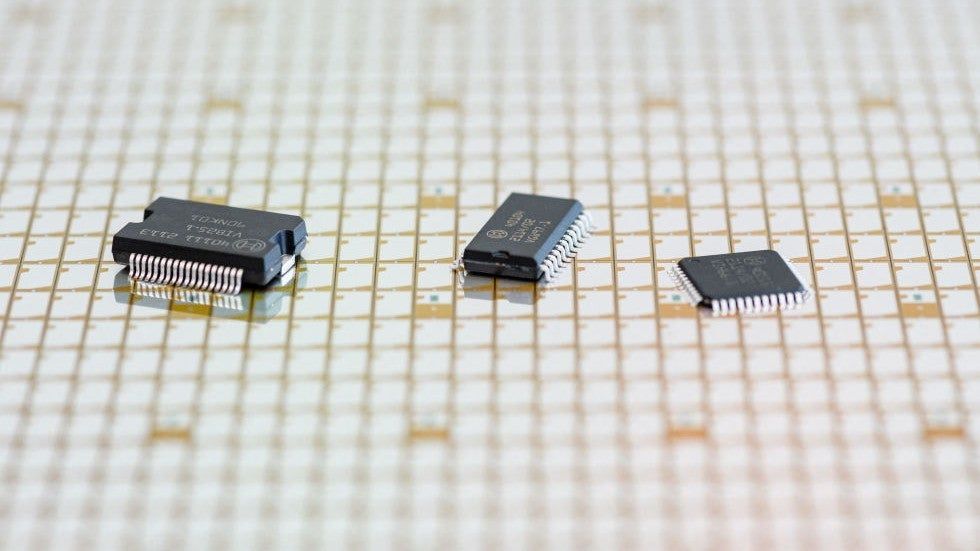
“We’re excited to share that AWS has acquired Wickr, an innovative company that has developed the industry’s most secure, end-to-end encrypted, communication technology,” Stephen Schmidt, Amazon Web Services’ vice president, wrote. With a nod to the company’s ever-deepening relationships with the military, and Washington in general, Schmidt added that Wickr’s features give “security conscious enterprises and government agencies the ability to implement important governance and security controls to help them meet their compliance requirements.” Schmidt himself has a background in this space: his LinkedIn profile notes he spent a decade at the FBI.
Wickr’s app — like secure messaging competitor Signal — has been popular with journalists and whistleblowers; it’s also been a go-to for criminals, Motherboard notes. It’s unclear if the proximity to the tech monolith will impact the app’s popularity for free users.
In Amazon’s case, Schmidt indicates the acquisition was at least partially influenced by the need to preserve information security while working remotely. “With the move to hybrid work environments, due in part to the COVID-19 pandemic, enterprises and government agencies have a growing desire to protect their communications,” he wrote.


















